The Taj Mahal, India’s #1 tourist attraction, is more of a monument to love than to history. The short story: The fifth Mogul emperor, Shah Jahan, had three wives (Islam permits four wives) but the first two failed to produce an heir. He found the third, a commoner, Mumtaz Mahal, at a local bazar. He fell in love and she produced 14 kids in 19 years. When she hemorrhaged from the 14th, she instructed her doctors to summon Shah Jahan so she could give him her final wishes.
Shah Jahan was away fighting a battle but immediately returned to hear her wishes: that he care for her 14 kids, that he demonstrate to the world his undying love for her and that he provide her with a resting place in heaven.
He did all three, caring for her kids (although sibling rivalry led to unhappiness later on) and he built the Taj Mahal as a testament to his love and as a place as close to heaven on earth as he could. He also went into mourning and never remarried.
The Taj Mahal is perfectly symmetrical structure, built of marble with nine sides. It’s flanked on one side by a red limestone mosque and, to preserve symmetry, an identical building on the other side which served as a guest house. There’s an elaborate garden full of fruit trees (and, these days, full of monkeys). The Taj Mahal is truly picture perfect and lives up to its reputation.
We visited the Taj Mahal this morning, leaving the hotel at 5 AM – to catch the sunrise and to avoid the crowds – and returning by 9. It was a warm and cloudy day but being early the temps barely made 80 by the time we returned.
The only non symmetrical part of the Taj Mahal is that the tomb of Mumtaz Mahal is placed smack dab in the middle of the dual-domed central chamber while her husband’s tomb (Shah Jahan’s) lies next to it. Kills the symmetry.
And that leads us to the kids.
I’m not going to get down in the weeds on the Mughal Empire (you’re welcome) but recall that they were the big thing, kingship-wise, in India during the 16th and 17th centuries – the era where Muslims from away had taken over much of the subcontinent.
The third and fourth Mughal emperors, that would be Shah Jahan’s grandfather and father, built a really big fort not too far from where Shah Jahan had the Taj Mahal built. We visited the so-called Red Fort this morning after breakfast at the hotel, leaving at 10:30.
The fort features an extensive defensive design. It has two formidable walls, an outer mote containing crocodiles and an inner dry moat housing tigers. The entryway is a maze to discourage those who made it through the moats and over the walls. Then there’s a ramp leading upwards into the inter-sanctum, down which it was possible to roll boulders to squash any who made it that far. Shah Jahan, in addition to building the Taj Mahal, saw to the refurbishing of the Red Fort during his reign. An impressive structure, reminiscent of European castles of the same era.
Shah Jahan ruled for 30 years. But, as I mentioned yesterday, Indian kings, especially Mughal kings, were frequently usurped by family members. Shah Jahan’s second son came to his dad and said, “Hey dad. You’re getting old. Name me as your successor. I’ve proved myself to be an able warrior on the battlefield and I’m best suited to lead the country.” Shah Jahan replied, “That is true but your brother is the eldest so he’s gonna be the next emperor.”
The second son wasn’t one to take “no” for an answer so he killed his brother, locked his old man up in Red Fort and served his dad with his brother’s head on a platter. Shah Jahan lived as a prisoner in the Red Fort for the remainder of his life – eight years – watching the Taj Mahal being constructed from his palatial prison quarters.
Aurangzeb, ruthless son who became the sixth Mughal emperor, lasted more than 48 years. There’s lots of not-so-subtle details I’ve omitted and probably one or two falsehoods, so use my description with several generous grains of salt.
After the fort most of us opted for a visit to a studio and shop where knotted carpets are made and sold. Actually, most of the work is done by individuals in their homes, preserving an ancient and labor intensive rug making technique. The shop serves as a co-op sales outlet for member-produced carpets. Several of our members purchase very nice carpets. “Shipping is free. Ten days max anywhere in the world.” Who could say no?
We next visited a similar shop where the technique for inlaying minerals and gems are employed to produce things such as table tops, glassware and serving plates. This technique was used in the Mughal palaces and forts, providing ornamental detail to pillars, floors and ceilings. We saw examples of this during our travels today. Palace construction is a thing of the past but the same skills are being preserved in home workshops to produce the items being sold here.
Then back to the hotel about 2:30 for lunch and rest until heading out at 4:30 to see the Baby Taj. The rug shop served us drinks and samosas (filled pastry) so that served me for lunch. Judy, who skipped the optional shop visits, ordered soup from room service.
The Tomb of Itmad-I’d-Daula, or Baby Taj as the guidebooks call it, is a precursor, some say a prototype for the Taj Mahal that came later. Turns out that the 4th Mughal emperor, Janhangir, had a wife, his twentieth, who commissioned the Baby Taj as a mausoleum for her father. Emperor #4 was addicted to opium and wine and so Wife #20, to whom he was devoted, was the power behind the throne so could get pretty much whatever she wanted. The guy buried in the Baby Taj turns out to be the grandfather of the wife for whom the Taj Mahal was built.
The Baby Taj serves as the burial spot not only for the father but also many of his relatives.
The Baby Taj has a form similar to the symmetrical Taj Mahal. It represents a transition from earlier Mughal architecture using red sandstone to the use of white marble with embedded semiprecious stones – the same technology we saw demonstrated earlier at the embedded gem shop.
Rain had begun around 3 PM and continued as light rain during our Baby Taj visit. We drove through the rain to our restaurant but our progress was slowed even more by hundreds of revelers celebrating some sort of holiday – people with painted faces, colorful costumes, motorized and human-drawn floats and music so loud it made your teeth hurt. Jai told us it’s Ganesha
OK, here’s some Hindu god-stuff. Lord Ganesha brings good fortune and makes sure that no hurdles come in the way of your success. Lord Ganesha is welcomed into homes on September 7 and 10 days later, i.e., today, September 17, is sent on his way. I believe “sending him on his way” involves tossing his idol images into a body of water, but don’t quote me on that. Whatever, it involves some really serious partying. I’ve included a few snapshots taken through a rain-soaked bus window to give an idea of the colors and movement
Lord Ganesha is the child of Lord Shiva and Mata Parvati. Lord Shiva came home from a prolonged absence, found Ganesha spending time with Shiva’s wife. Not realizing Ganesha was his son, he cut off his head. That made Mata Parvati really mad. To appease her, Lord Shiva attached an elephant’s head to Ganesha’s body. Problem solved. I learned all this ten years ago in Nepal so don’t take my word for it; consult an expert.
Tomorrow we leave for Jaipur at 7 AM with a bunch of stops on the way. Even Jai is unsure how we’re going to fit all of it in, but, hey, there’s always the next day. Whatever, we’re having fun, staying healthy and keeping really busy. Sleep? Not so much.
By the way, Reagan pointed out that I said incorrectly in my Earlier post that Jai is from Pakistan Nothing could be further from the truth I’ve corrected that post to say:
Our Chief Experience Officer, Jai, is actually NOT from Pakistan. He’s from the city of Udaipur in Rajssthan state in northwest India, not too far from the border with Pakistan I misheard him and have ordered high voltage hearing aid batteries from Amazon so I don’t make that mistake again


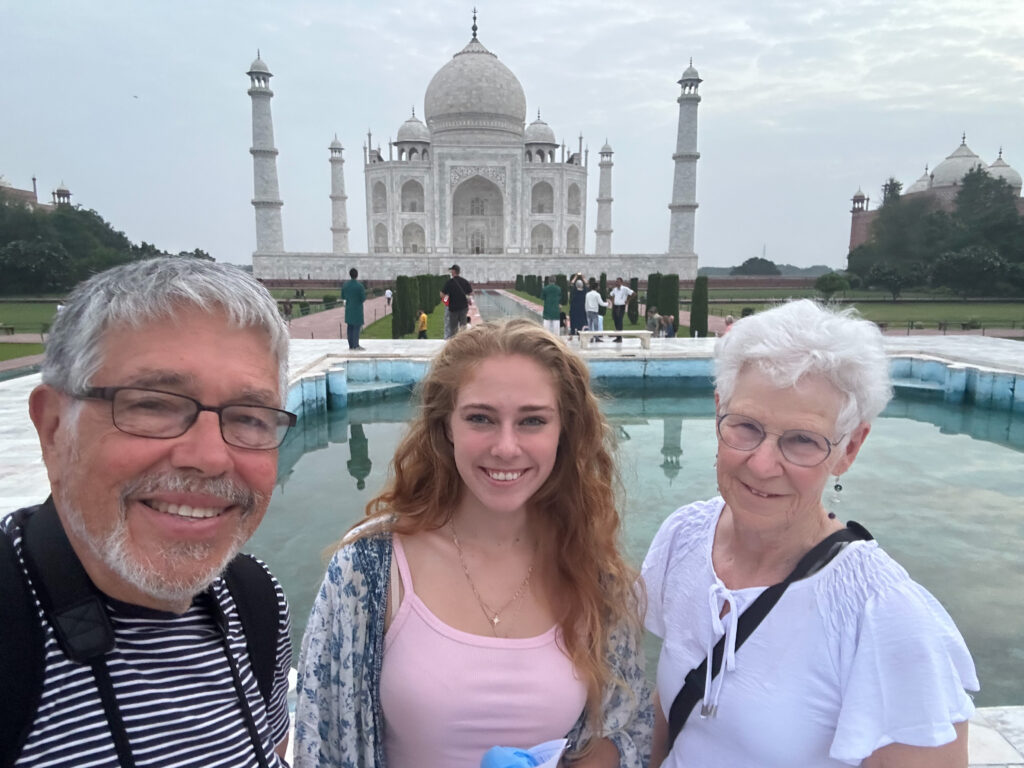










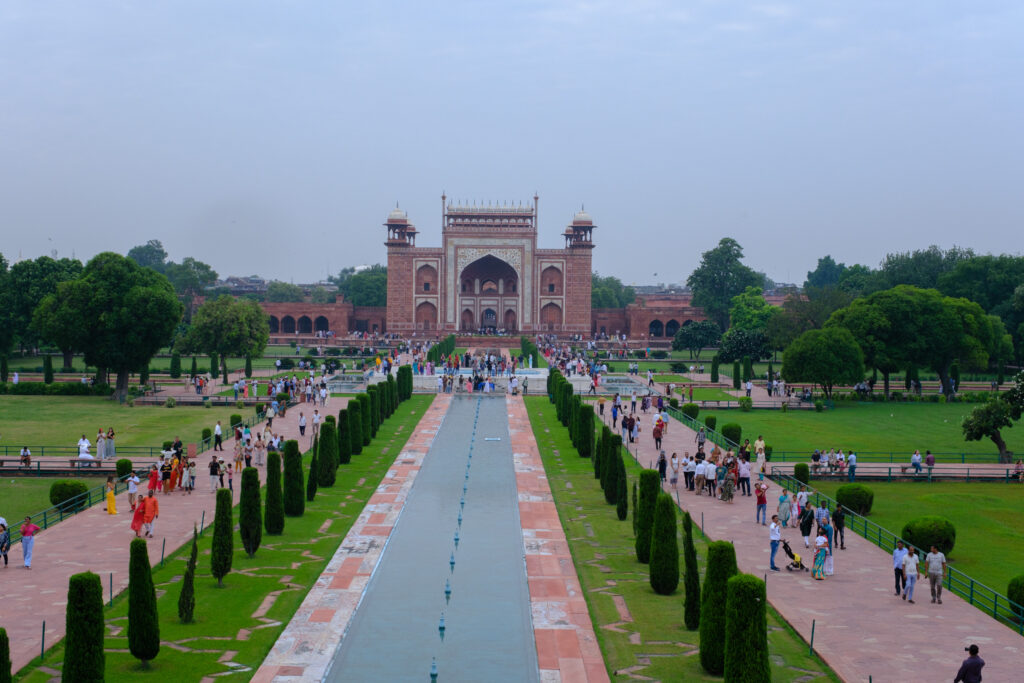


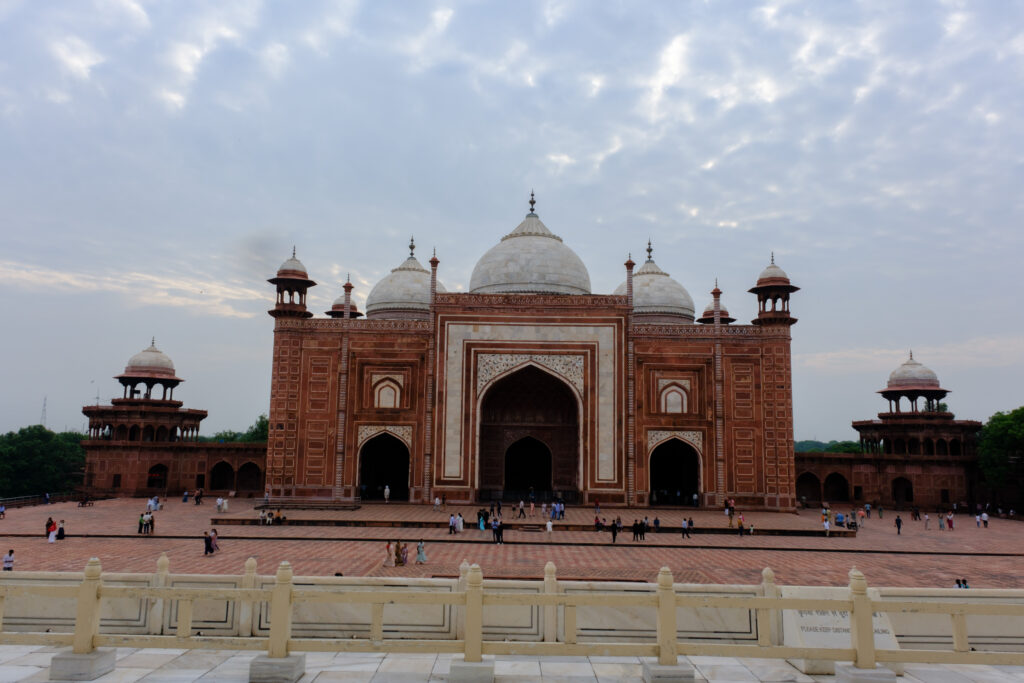





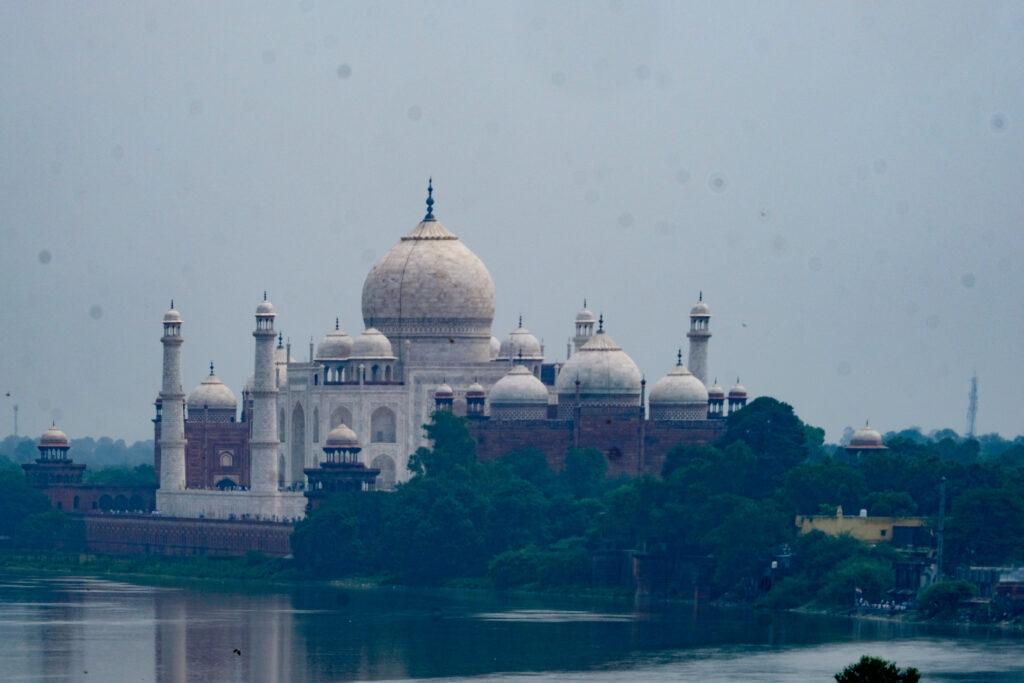





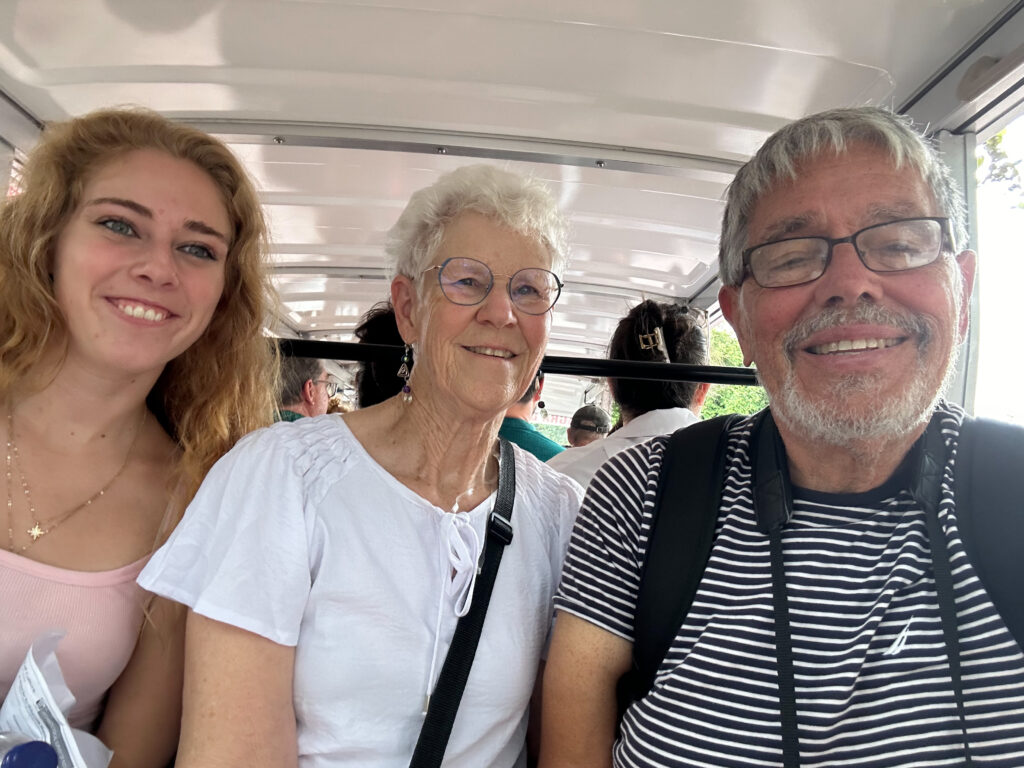









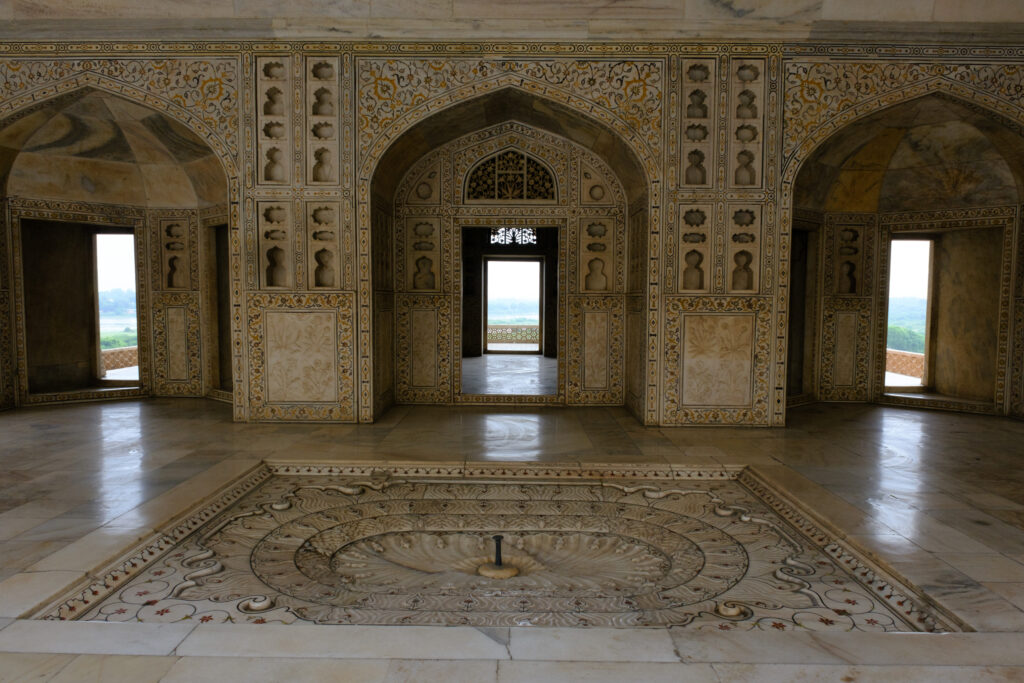



























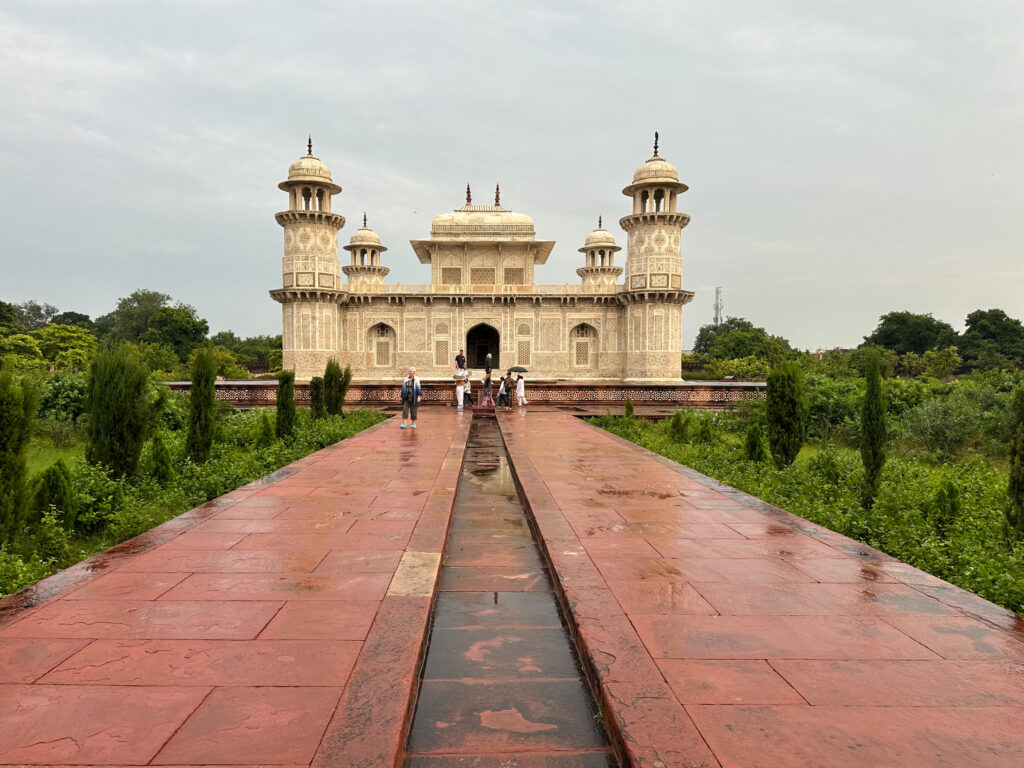

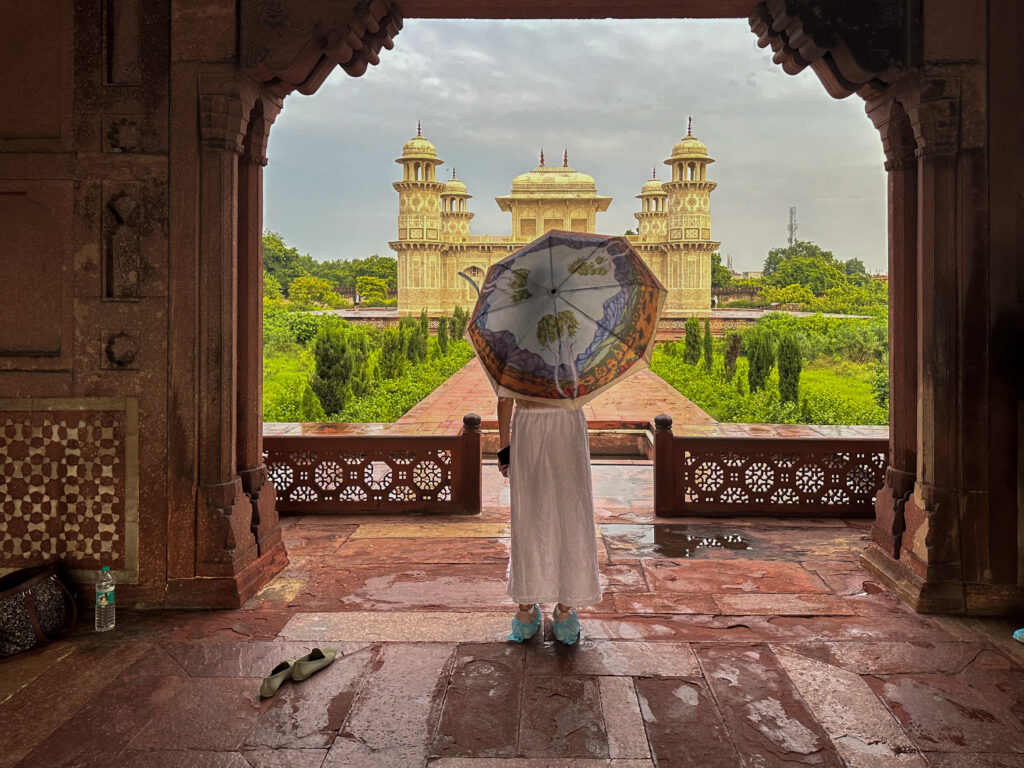
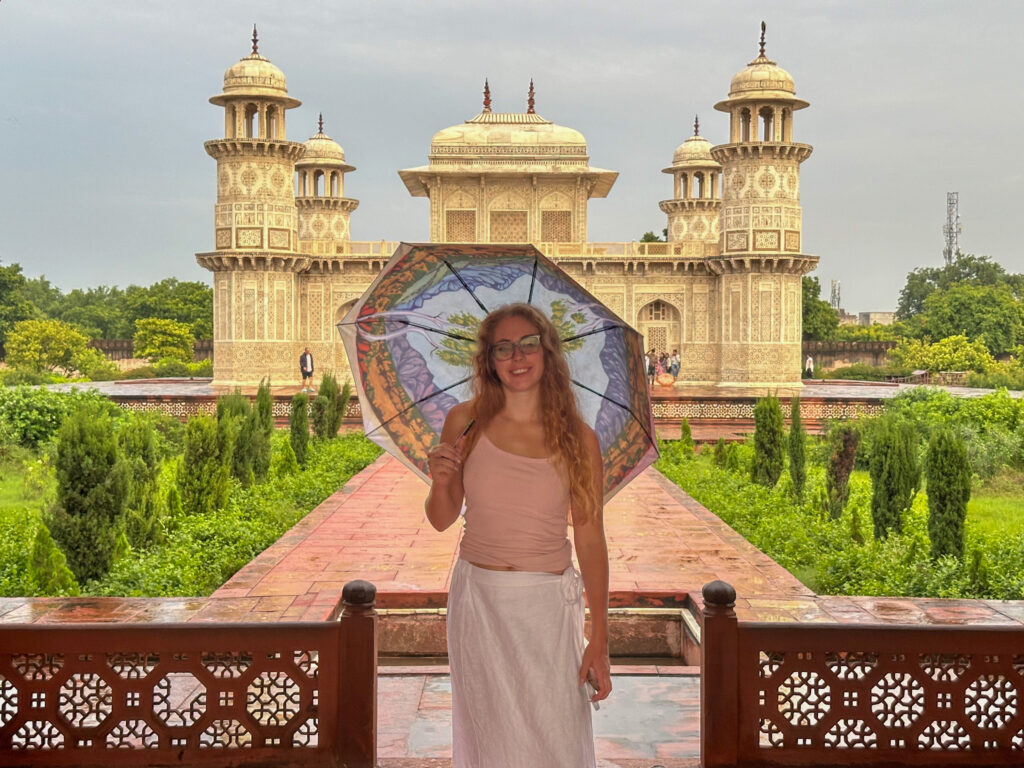
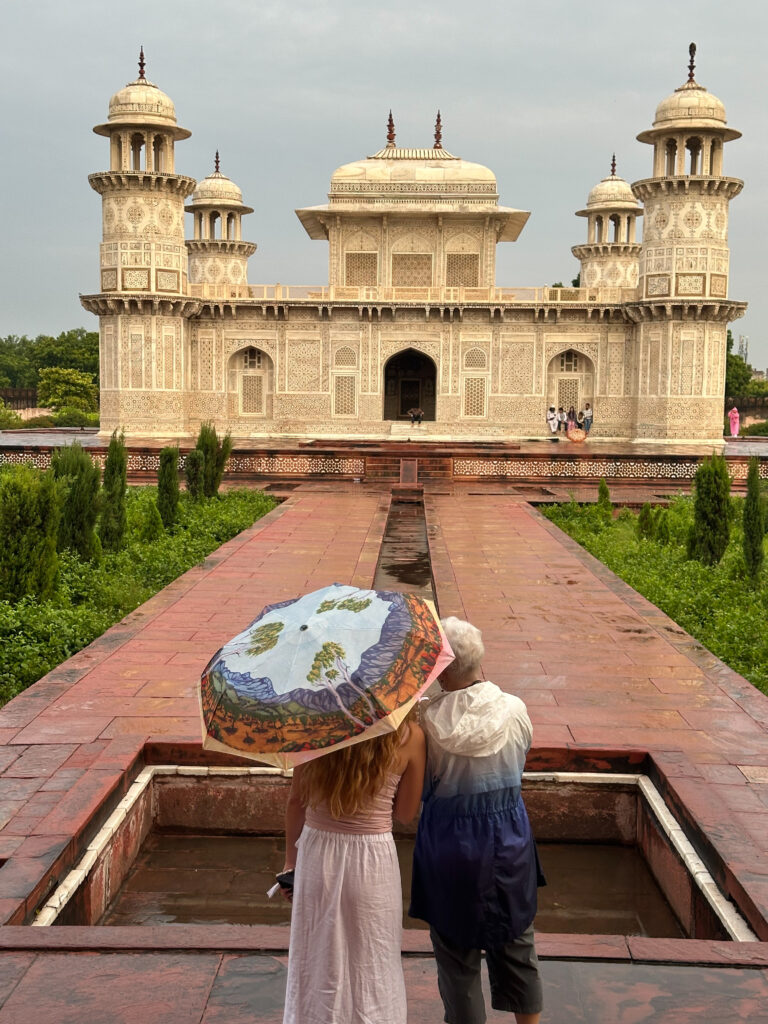


As always an Amazing detailed account of the day and the history behind the Taj Mahal and the history surrounding those in power! Don’t know how you do it, the writing, history, pictures etc! Learning a lot from your experience! Thanks again for sharing!😎🙌
Thanks Chuck!